| Sorted by date |
page214from Building Ideas
Countless times in the course of a normal
day, similar “acts of theatre” take place, with architecture as an ever-present
backdrop playing its part in the drama.
How
we understand these various languages of non-verbal communication has been the
subject of the second part of this book. That we do understand each other at
all, in our different models discourse, is testament to the presence of various
shared underlying structures. With phenomenology, the problem centred on the
notion of “intersubjectivity” and the extension of bodily experience beyond the
individual’s perceptual realm. Structuralsim appeared to offer a social context
for this experience, by embedding the individual in a network of pre-existing
codes and conventions. At the same time, structuralist analysis failed to deal
with historical change and the various brands of political criticism were shown
to address this more specifically. In this conclusion we will consider further
the whole question of historical tradition and the role of hermeneutic
practices in the understanding of architecture. This is not to suggest that all
these strategies could be incorporated in a single discipline, merely to show
the relative merits of the different approaches to interpretation.
The
critical element I have suggested in the title “critical hermeneutics” should
serve to highlight a problem that will become apparent in the conventional
understanding of the term. It is meant to suggest a certain vigilance towards
the conservative tendencies of hermeneutics, and to restore the quality of
questionableness with regard to historical traditions. As the French
philosopher Jean-François Lyotard recommended, in The Postmodern Explained: “Everything
that is received must be suspected, even if it is only a day old.”2
The Hermeneutic Tradition
The dictionary definition of the world “hermeneutics”
states that it concerns “interpretation, especially of scripture or literary
texts”. The
|
|
|
 ... ...
... ... ... ...
... ... ... ...
... ...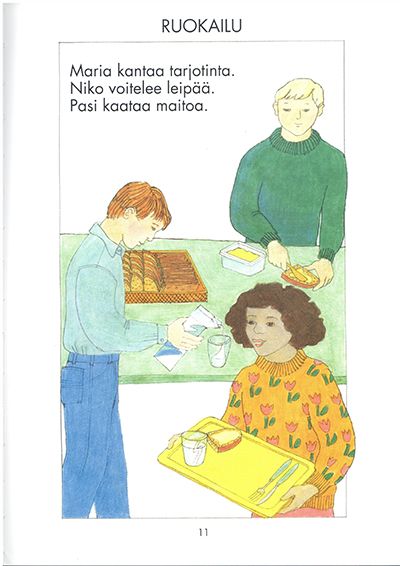 ... ...
... ...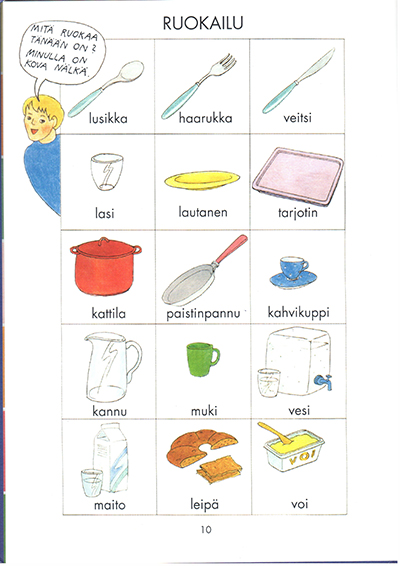 ... ...
... ...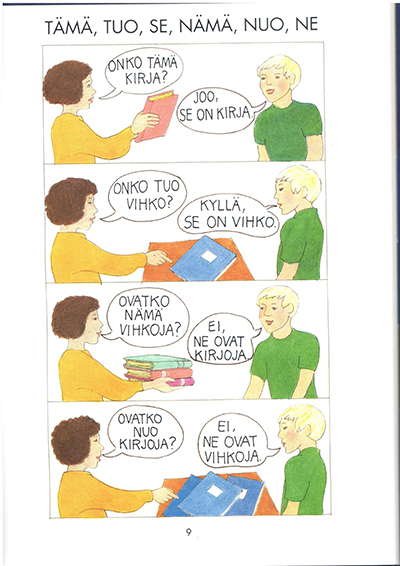 ... ...
... ...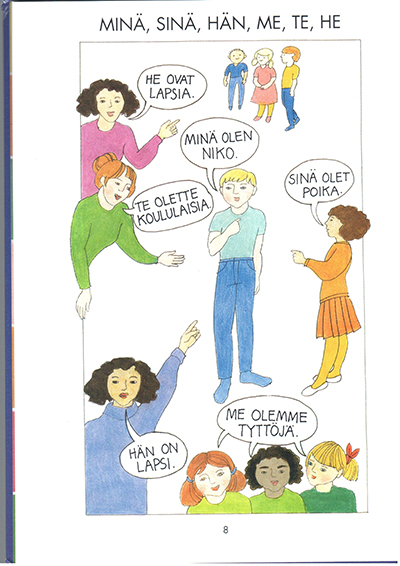 ... ...
... ...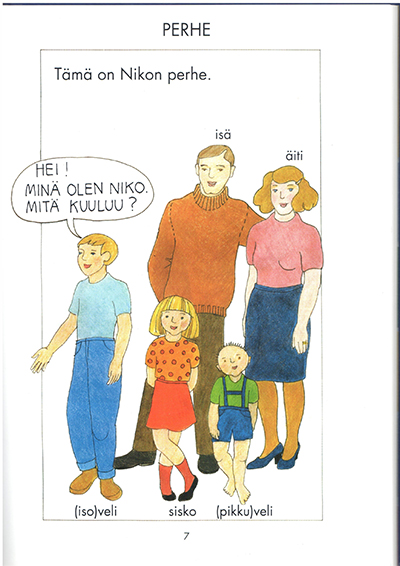 ... ...
... ... ... ...
... ...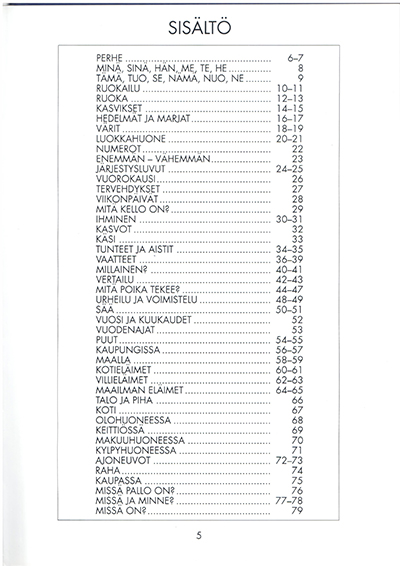 ... ...
... ... ... ...
... ... ... ...
... ...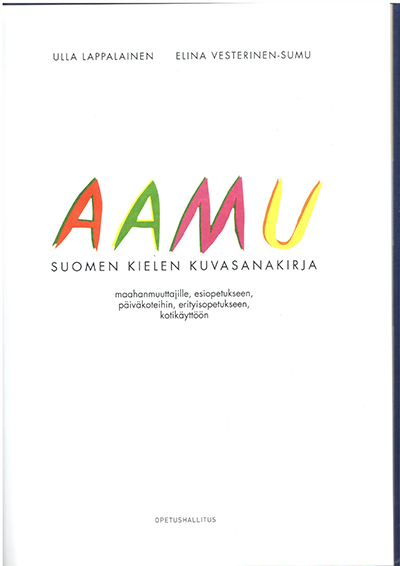 ... ...
... ...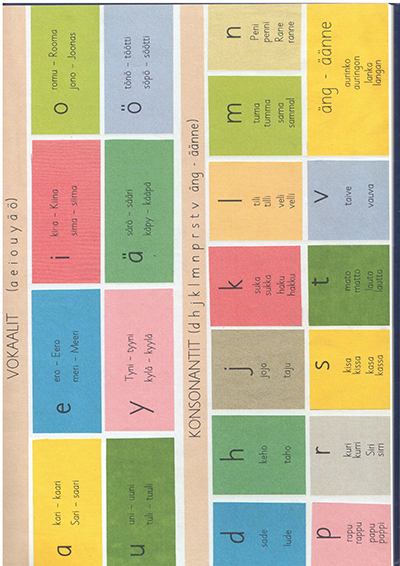 ... ...
... ...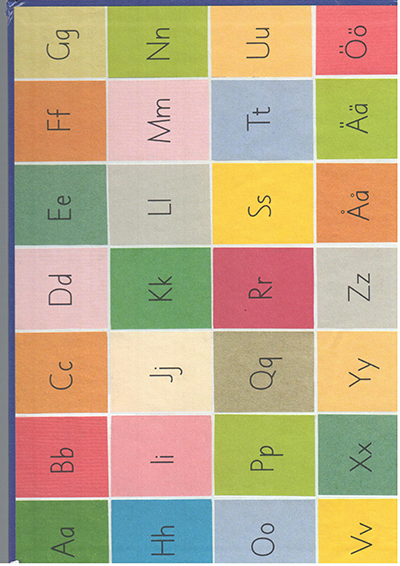 ... ...
... ...